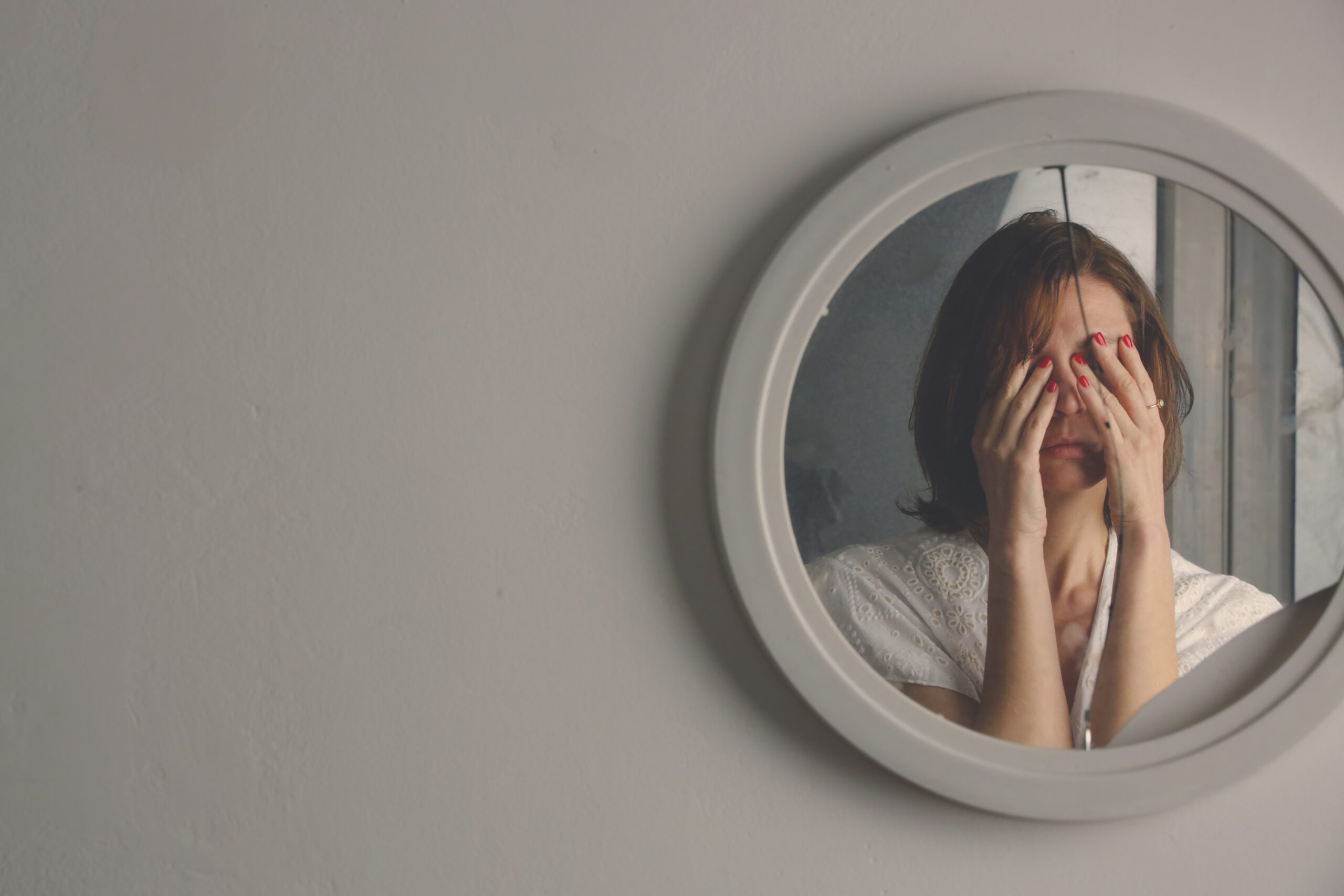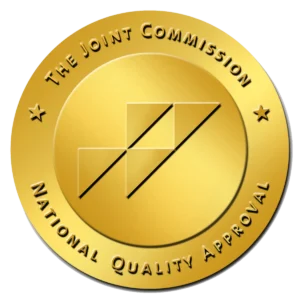Everyone experiences highs and lows. For a person with bipolar disorder, the highs are higher and the lows are lower than what other people experience. At The Pavilion in Williamsburg, Virginia, we successfully treat people with bipolar disorders every day, giving them the tools to manage their diagnosis.
Types of Bipolar Disorder
Bipolar is a category that includes several more specific diagnoses:
- Bipolar I – the person has had at least one manic episode and generally one or more depressive episodes.
- Bipolar II – the person has experienced hypomanic (less intense than the mania of bipolar I) episodes, alternating with depression. Bipolar II is not a less severe version of bipolar I; it is an entirely separate diagnosis, which often includes longer periods of depression.
- Cyclothymia – the person has highs that are somewhat like hypomania, but not the same, and lows that are somewhat like depression, but not the same.
What Does a Depressive Episode Look Like?
Each person with bipolar may present somewhat differently during a depressive episode, but the person must be different from their normal selves for at least two weeks, in several of the following ways:
- Depressed mood most of the day on most days
- Decreased or no interest or pleasure in things they would normally enjoy
- Weight, appetite, and sleep changes
- Seeming to be slowed down and lacking energy
- Negative feelings about themselves
- Difficulty concentrating and making decisions
- Suicidal thoughts, plans, and/or attempts
What Does Mania Look Like?
As with depressive episodes, mania might look different from one person to another, but several of the following symptoms must be present for at least one week:
- Inflated sense of self-worth or importance
- More chatty or upbeat than usual
- Extra energetic and jumping from one thought or activity to another very rapidly
- Sleeping less but not seeming tired
- Easily distracted
- Excessively focused on pleasure-seeking, in ways that can be self-destructive:
- Spending excessively on shopping sprees
- Indulging in risky sexual behavior
- Making poor business decisions
While people often think of mania as a pleasurable feeling, it can also be a time of intense irritability.
Hypomania Versus Mania
Hypomania often does not last as long as mania. An episode of hypomania only needs to last four days to meet criteria, and the symptoms are similar to those of mania but fewer.
Frequency of Mood Episodes
How often a person has mood episodes can vary from very rarely to multiple times per year. In between, a person with bipolar disorder may not exhibit any signs of mental illness. Individuals with bipolar disorder can often manage their condition with medications and therapy. Mood stabilizers are the most commonly prescribed category of medications for people with bipolar. If therapy and medications are not effective, electroconvulsive therapy (ECT) is sometimes used to help the brain rewire pathways it uses to send signals.
Age at Diagnosis of Bipolar Disorder
Bipolar disorder is most commonly diagnosed during late adolescence into the early 20s but can begin at any age. In children and teens, the symptoms can be difficult to identify, as symptoms can mimic the normal ups and downs of youth, be confused with signs of trauma, or signal an entirely different mental health condition.
Causes of Bipolar Disorder
Several factors seem to contribute to the development of bipolar disorders:
- Genetics – if you have a sibling or parent with bipolar disorder, it increases your chances of developing it, but that does not mean you will.
- Stress – Toxic relationships, deaths of loved ones, divorces, money trouble, or other difficult experiences can trigger mood episodes.
- Brain differences – it’s not yet possible to diagnose bipolar with a brain scan, but scientists have noted subtle differences in the way the brains of bipolar people look and work.
How to Help People with Bipolar
People with bipolar disorders often cannot recognize how much their symptoms disrupt their lives and the lives of people around them. They will generally not seek treatment on their own. They may also enjoy euphoric feelings during a manic episode and be hesitant to give this up, even at the expense of an equally low crash. People with this condition may need loved ones to help them get professional treatment, as this is a condition that typically grows worse when left untreated.
It is also important to realize that people with bipolar disorders are at a heightened risk for suicide attempts. If you have a loved one who is showing signs that they could be considering ending their life, it is important to get them immediate help by calling 911 or taking them to the nearest emergency room.
Self-Care for People with Bipolar
For people with bipolar disorder, it is crucial that they participate in therapy and take their medications as prescribed. There are also lifestyle choices that can make it easier to manage their condition:
- Consistent sleep – go to bed and wake up at the same time every day.
- Healthy, well-balanced diet – proper nutrition can help fight depression.
- Regular exercise – exercise helps the brain to make healthy amounts of “feel good” chemicals.
- Journaling – tracking daily mood fluctuations can make it easier to identify triggers, changes in sleep or eating patterns, and gaps in treatment.
- Avoiding alcohol, caffeine, and illegal substances – these can disrupt sleep, make depression worse, and interact poorly with medications. Even dietary supplements are best cleared by a doctor.
- Reduce stress – keep life simple and use meditation, yoga, and other techniques to regulate emotions.
- Build a strong support system – educate loved ones about bipolar disorder and let them know how you want them to talk to you if they notice signs of manic or depressive episodes. Encourage them to get involved with the National Alliance for Mental Illness (NAMI) or other groups that provide support for family and friends of people who experience mental illness.
At The Pavilion, we offer individualized treatment for bipolar disorders, using a holistic approach and a range of therapy modalities. We engage our patients and their support systems throughout treatment, discharge planning, and aftercare.






